News
Floating wind innovation ramps up as results from Scottish Government-backed competition released
Published in: Wind, Press Releases, Renewable News

10 June 2021: As Scotland prepares to host COP26 later this year, the results of eight floating wind technology innovation projects that were winners in a Scottish Government-funded competition, were published today. The winning innovation projects include novel methods of monitoring and reducing mooring line loads and a new modular lifting solution for offshore component exchange. Each winning project received a share of the £1 million fund along with industry guidance to undertake a range of activities, from desktop studies to offshore demonstration.
Over the past 12 months, the funding has enabled the innovators to accelerate the development of their designs and, in some cases, manufacture and test prototype products. One technology is now a commercially available product, whilst others have secured additional funding for larger scale testing or are actively pursuing opportunities for commercial scale demonstration.
The Floating Wind Technology Acceleration Competition (FLW TAC) was designed and run by the Carbon Trust's Floating Wind Joint Industry Project (Floating Wind JIP), the world-leading collaborative floating wind research and development initiative between the Carbon Trust and 15 leading international offshore wind developers. The competition was designed to find innovations with the potential to address four key industry challenge areas that need to be overcome to commercialise floating wind. These priority areas, which were identified in Phase 1 of the Floating Wind JIP, are: monitoring and inspection, mooring systems, heavy lift maintenance and tow to port maintenance.
Home to the world's first floating wind farm (Hywind Scotland), Scotland is already a leading market for floating offshore wind and will continue to be an important region for both demonstration and commercial scale projects. The FLW TAC innovation projects have the potential to reduce the cost of building and operating these farms. Once commercialised, the manufacturing of several of the technologies could be supported by Scotland's supply chain. This will help to increase local content of Scottish offshore wind projects and support local businesses to diversify into low carbon markets, in line with the recent recommendations of the Just Transition Commission.
Cabinet Secretary for Net Zero and Energy, Michael Matheson, said:
"Scotland has some of the best wind resources in the world, which will support our transition to becoming a net-zero economy by 2045. We have an ambitious target to generate up to 11 GW through offshore wind by 2030 - enough to power the equivalent more than 8 million homes - and floating offshore wind technology will play an important role in achieving this.
"Overcoming technological challenges to commercial scale deployment of the floating wind sector will be vital to ensure its continuing growth, which is why I am delighted that the Scottish Government could work alongside the Carbon Trust to support the Floating Wind Technology Acceleration Competition. The eight projects that have been developed over the past year demonstrate how technological innovation will support Scotland's energy transition. I wish each project continued success and hope the competition inspires further innovative solutions to be developed to support our just transition to net-zero."
Jan Matthiesen, Director, Offshore Wind, the Carbon Trust said:
"Floating wind has the potential to make a significant contribution to decarbonisation efforts around the world. The acceleration of technologies to overcome identified challenges is crucial to scaling up capacity cost effectively. It has been exciting to see the progress these technologies and companies have made over the last year, and we look forward to seeing them reach their full potential."
About the Floating Wind JIP
The Floating Wind JIP, formed in 2016, is a collaborative research and development initiative between the Carbon Trust and 15 leading international offshore wind developers: EDF Renouvelables, EnBW, Equinor, Kyuden Mirai Energy, Ocean Winds, Ørsted, Parkwind, RWE, ScottishPower Renewables, Shell, SSE Renewables, TEPCO, TotalEnergies, Vattenfall, and Wpd. It has been established to accelerate the development of floating wind technology through cost reduction and de-risking of technology components and their manufacture, operation and maintenance.
Further details of FLW TAC competition winners and funded activities
The Carbon Trust has published reports summarising the FLW TAC competition and the achievements of each of the eight projects.
Summaries of the winning projects and the funded activities are given below:
Aker Solutions
Aker Solutions is a global offshore energy engineering company with headquarters in Norway.
Tow-to-port maintenance operations require the floating platform to be disconnected from the power array cables. These cables need to be stored safely offshore during maintenance.
Aker Solutions developed a splice box concept connecting two dynamic array cables, allowing them to be wet-stored on the seabed when a turbine is towed to port. As the cables are electrically connected in the splice box, this will also enable an array of floating wind turbines to remain operational when one floating platform is removed for maintenance.
The FLW TAC project supported the development of their Splice Box design, installation procedures and successful testing of Splice Box components.
Conbit
Conbit is a lifting contractor that offers alternatives to cranes and crane vessels with a strong engineering background. As part of Mammoet, they perform lifting projects all over the world.
FLW TAC funding supported the development of the design of their modular lifting solution - a temporary platform installed at the top of the wind turbine (on top of the nacelle) which includes a crane to allow large components, such as a wind turbine blade or gearbox, to be replaced offshore. The project also evaluated different methods for carrying out heavy lifting of these components offshore.
Dublin Offshore
Dublin Offshore is an Irish engineering company that supplies marine energy solutions. The Load Reduction Device (LRD) is integrated in-line with the mooring system and passively delivers controlled mooring compliance in response to the movement of the floating platform. This dampening significantly reduces mooring dynamic load, delivering cost savings largely through CAPEX reductions on the platform and mooring line systems.
The LRD has progressed from TRL 4 to TRL 7 over the course of the FLW TAC project. Dublin Offshore first validated the technology through tank testing at 1:60 scale and obtained a Statement of Feasibility from DNV. A ¼ scale prototype was installed at an ocean test centre in Galway, Ireland and successfully completed 1,200 hours ocean testing including operation through 22m full-scale equivalent waves during Hurricane Epsilon. The results, certified by EMEC to IEC6260-10, demonstrate the robustness of the system with no damage or performance degradation observed.
Floating Wind Technology Company and RCAM Technologies
The Floating Wind Technology Company (FWTC) is a start-up company created to design and commercialise innovations in offshore wind including turbine components, control systems, floating substructures, anchors and hybrid-foundations. RCAM Technologies is a start-up that uses 3D printing technologies with concrete to manufacture wind turbine towers, foundations, and anchors, at or near the installation sites to reduce cost and increase domestic content.
The project developed detailed designs for a 3D-printed concrete suction anchor (3DSA) based on two sites in Scottish waters with different soil conditions, and examined the installation procedure for the 3DSA, including different forms of towing to site. In addition, key elements of the 3DSA design were printed using concrete 3D printing facilities in the Netherlands and the project also undertook an assessment of the feasibility of carrying out 3D concrete printing of the 3DSA on the quayside of a Scottish port.
Both the use of concrete in anchor design and manufacturing using 3D printing are novel elements in this project and have the potential to deliver cost savings compared to more conventional steel suction anchors.
Fugro, AS Mosley, and University of Strathclyde
Fugro is a global company, headquartered in the Netherlands, which has offices in Scotland and provides Geo-data for many applications, including asset integrity solutions. AS Mosley is a Scottish engineering design consultancy. The University of Strathclyde is a public research university in Glasgow, Scotland.
The project team created a physics-based simulation model of the Hywind Scotland floating turbine and generated motion and position signals to demonstrate that a simple monitoring system installed on the floating hull could accurately determine the service life of its mooring system. Fatigue was estimated using traditional S-N curves and a state-of-the-art peridynamic analysis. These are key to targeting offshore inspection work at the locations it is needed most, thus reducing costs and improving safety. Such a remote and fully automated monitoring system was also able to identify anchor drag and snagging of trawler nets. These capabilities also assist with operation and maintenance activities, making floating wind more feasible.
Intelligent Moorings and University of Exeter
Intelligent Moorings is a new UK-based company launched around this design. The University of Exeter is a public research university in Exeter, England. They are developing a pressure-based dampener which sits between the platform and mooring line to reduce the load on mooring lines and floating platforms. This can reduce the capital cost of the mooring systems and associated structural elements.
During the course of the FLW TAC project, the design progressed from TRL 4 to 5 with successful testing of the Intelligent Mooring System (IMS) at 1:3 (Froude Scale) at the DMaC facilities at the University of Exeter. The project team have secured funding to test their mooring line dampener on the Offshore Renewable Energy (ORE) Catapult's Marine Energy Engineering Centre of Excellence (MEECE) test buoy in the Milford Haven Waterway. The mooring line dampener will be tested at an intermediate scale to assess its durability and performance in a real marine environment.
TfI Marine and CSignum
TfI Marine is an Irish company that works to commercialise technologies originating from academic research. CSignum is based in Scotland and specialises in subsea wireless communication and automation. They demonstrated a solution which integrates mooring load sensing, power generation and wireless subsea communications into an existing spring to enable autonomous full life fatigue monitoring. Incorporating monitoring equipment into the mooring line spring reduces the need for physical inspection of mooring lines and enables a risk-based approach to monitoring.
The spring also acts as a dampener on mooring lines and the monitoring equipment is powered by movement of the spring, using a piezo-electric generator, which removes the need for an external power source.
The FLW TAC project supported design development and prototype testing at the LiR National Ocean Test Facility (NOTF) in Cork, Ireland, and the University of Exeter's DMaC facilities.
Vryhof
Vryhof is a Dutch company that specialises in mooring and anchoring solutions. They have developed an adjustable lock (Stevadjuster®) which sites on the seabed and is used to adjust the tension of the mooring lines. This is an alternative to a winch sitting on the turbine platform and enables vessels to adjust the tension of mooring lines at a safe distance from the platform.
This project accelerated the design, certification and manufacture of a commercial-scale Stevadjuster®. The acceleration of this process enabled Vryhof to launch the Stevadjuster® as a commercial product.
About the Carbon Trust
Established in 2001, the Carbon Trust works with businesses, governments and institutions around the world, helping them contribute to, and benefit from, a more sustainable future through carbon reduction, resource efficiency strategies, and commercialising low carbon businesses, systems and technologies.
The Carbon Trust:
- works with corporates and governments, helping them to align their strategies with climate science and meet the goals of the Paris Agreement
- provides expert advice and assurance, giving investors and financial institutions the confidence that green finance will have genuinely green outcomes
- supports the development of low carbon technologies and solutions, building the foundations for the energy system of the future
Headquartered in London, the Carbon Trust has a global team of 200 staff, representing over 30 nationalities based across five continents.
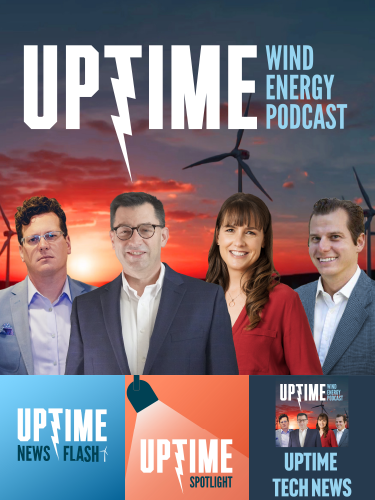


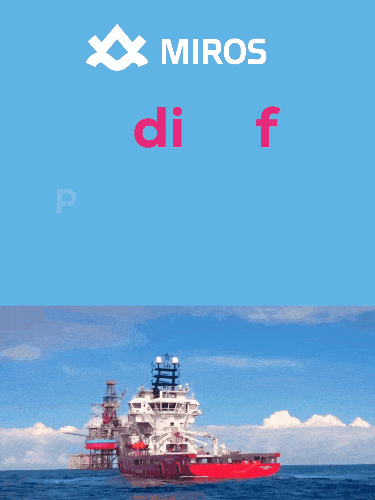



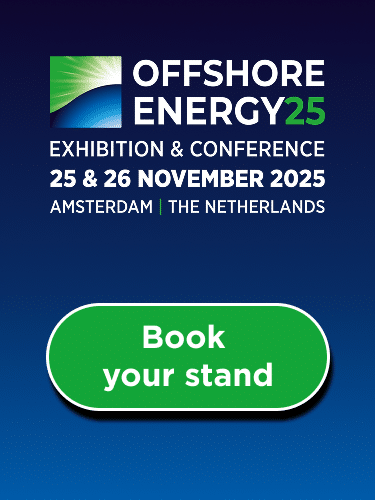

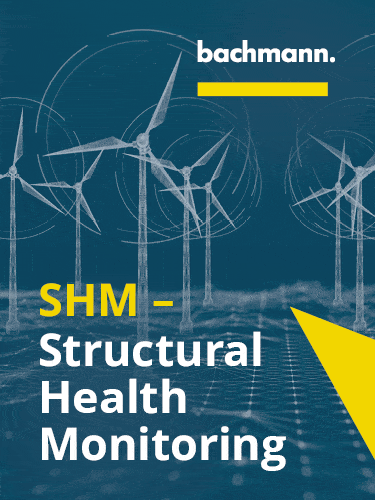



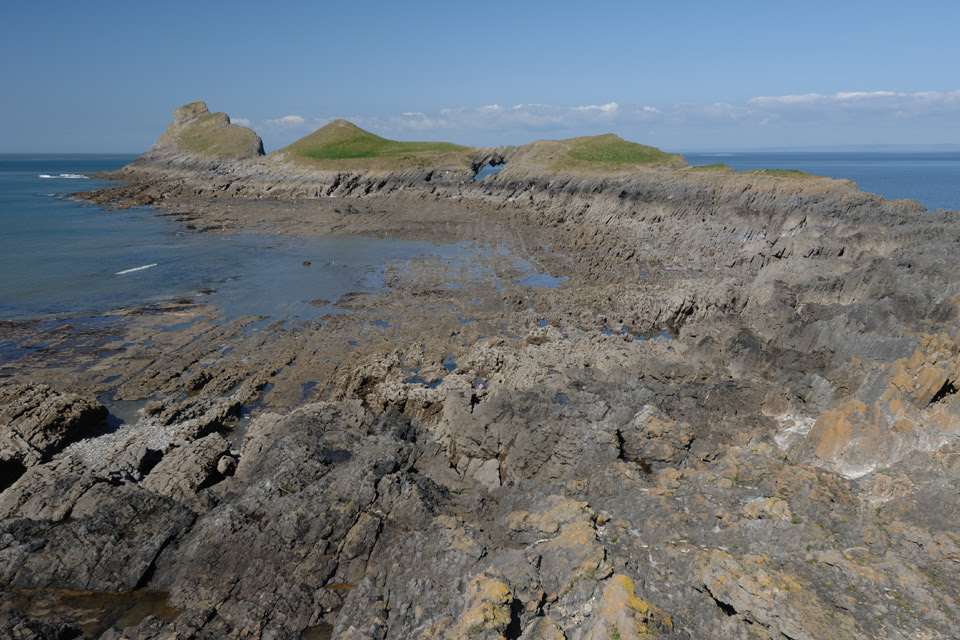
.jpg)